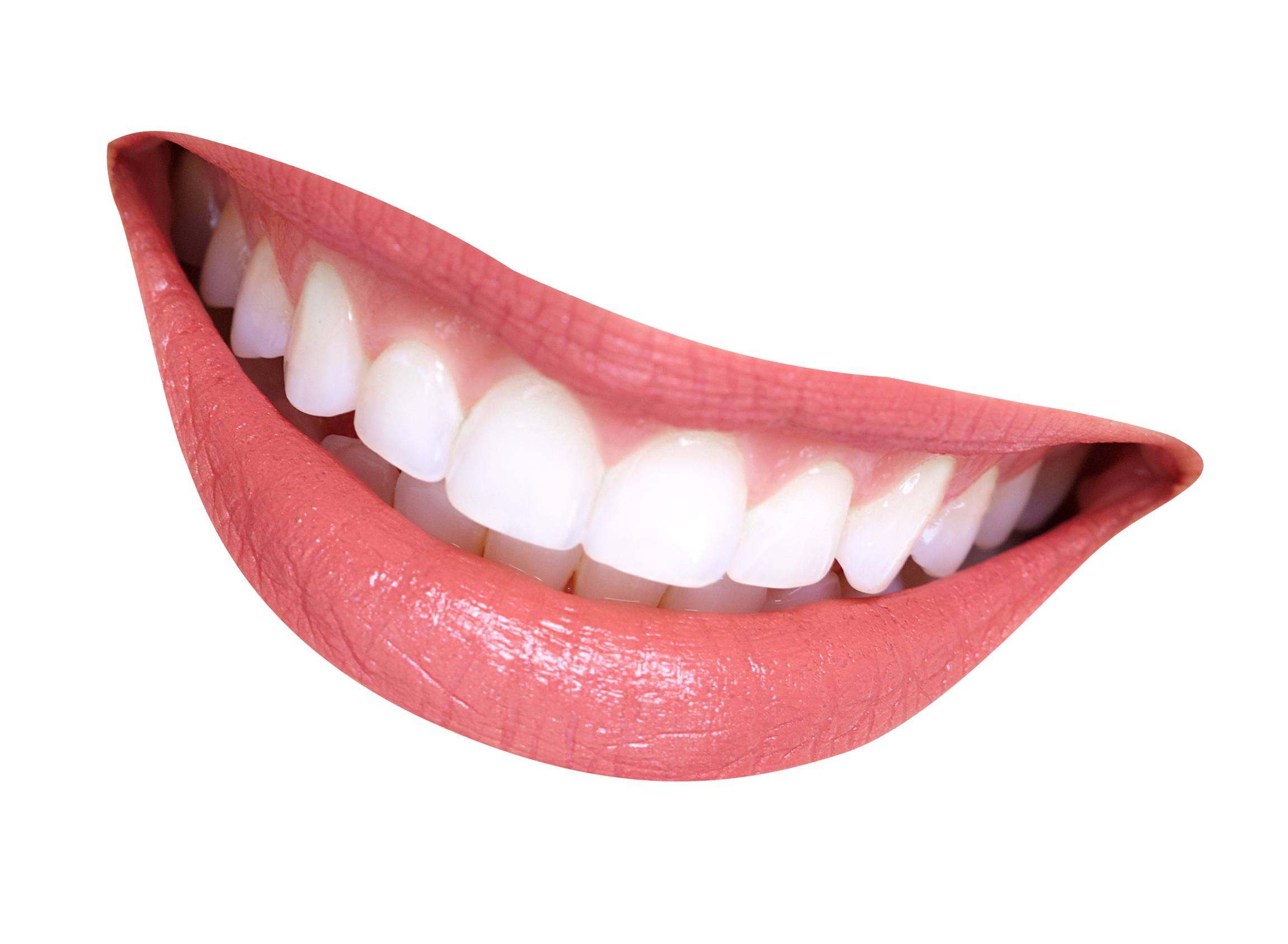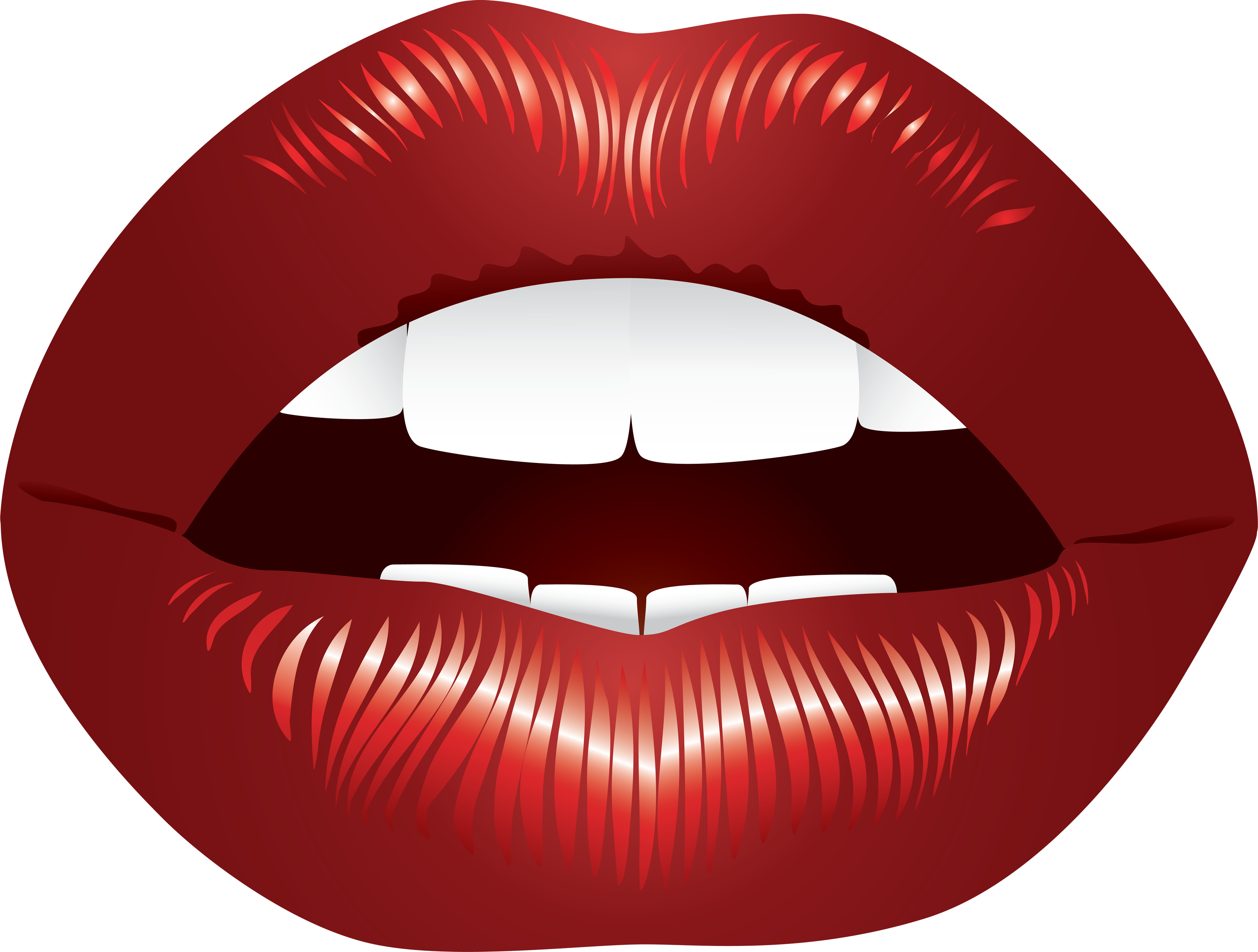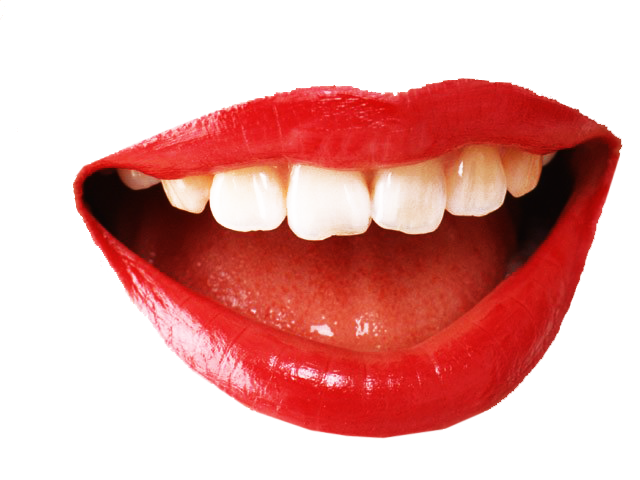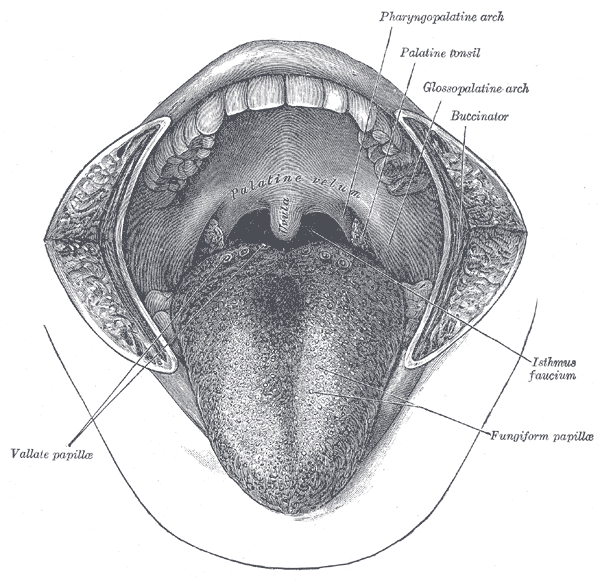Low battery
Battery level is below 20%. Connect charger soon.
· in human anatomy, the mouth is the first portion of the intestinal tract that helps consume food and release saliva. Your mouth is part of your digestive system and … It is adapted to receive food by ingestion, break it into small particles by mastication, and mix it with saliva. It starts at your lips and ends towards your tonsils. The mouth is also the site of the organs of taste and of … The mouth is the entrance to both the digestive and the respiratory systems. · mouth, in human anatomy, orifice through which food and air enter the body. Its boundaries are … The mouth consists of two regions, the vestibule and the oral cavity proper. Learn teeth, tongue, gums, and more with their functions for a clear visual reference. The mouth, or oral cavity, is the first part of the digestive tract. Your mouth is an oval-shaped opening that sits just below your nose. When healthy, the lining of the mouth (oral mucosa) … The inside of the mouth is lined with mucous membranes. · explore the human mouth anatomy with a detailed guide. The lips mark the transition from … · in this guide, we explore the intricate anatomy of the mouth, its vital physiological functions, common disorders and diagnostic techniques, and a wide range of treatment and … What is the mouth? The meaning of mouth is the natural opening through which food passes into the body of an animal and which in vertebrates is typically bounded externally by the lips and internally by the … An opening or aperture. The mouth, normally moist, is lined with a mucous membrane, and contains the teeth. The mouth opens to the outside at the lips and empties into the throat at the rear; The oral cavity, which forms the beginning of the digestive system and in which the chewing of food takes place. The oral mucosa is another name for the layer of mucous …




